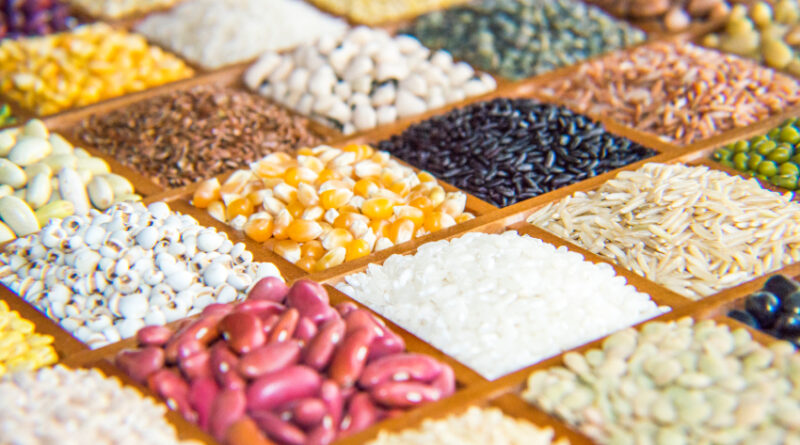Ending pulses import by 2027 a key target of agriculture minister
By Zia Haq
A key target handed down to agriculture minister Shivraj Singh Chouhan is to end India’s dependence on imports to meet local pulses demand by 2027 for which a major programme is being prepared, officials with knowledge of the matter said.
On January 4, during the central government’s previous term, home and cooperation minister Amit Shah had declared India will stop importing pulses by 2027, setting an ambitious goal.
By December 2027, the country should become self-reliant in pulses. We will not import even one kilo of pulses from January 2028,” Shah had said while launching a programme to procure tur (pigeon pea) by the National Agricultural Cooperative Marketing Federation of India (Nafed).
An El Nino weather pattern last year has stoked prices of pulses, a common source of protein for most Indians, despite a 37% jump in overall domestic production since 2015-16, which has helped India cut down on imports.
Yet, the goal of self-sufficiency in pulses has been elusive, keeping prices high. Rising protein-led prices can be a significant driver of inflation and household expenses. Inflation in pulses rose nearly 17% in May from a year ago, primarily because of lower production for two consecutive years due to extreme weather and a patchy monsoon. This drove food inflation for the month to 8.7%.
To ramp up output of key deficit pulses, such as tur, urad (black matpe) and chana (chickpea), the government will need to ensure remunerative prices to farmers, experts said. Last week, Chouhan chaired a virtual meeting of state agriculture ministers, in which he said the Centre would procure 100% of the three varieties at minimum support prices, according to an official who declined to be named. The minister urged state ministers to get farmers to register on a portal called e-samriddi in large numbers to sell their produce.
Nearly 45% of cultivators of pulses said they got lower than market prices for urad, tur and moong (green gram), according to the Situation Assessment Survey of agriculture (2018-19).
In the financial year ended March, imports went up 84% year-on-year to 4.65 million tonne, the most in six years. In value terms, the country’s spending on imports rose 93% to $3.75 billion. India largely imports from Canada, Australia, Myanmar, Mozambique, Tanzania, Sudan and Malawi.
According to the farm ministry’s plan to achieve self-sufficiency, model pulses villages will be set up from the current summer cropping season. The ministry is also working with states to bring fallow land for cultivation of lentils. It is set to create 150 hubs to distribute high-yielding seeds. Alongside, the farm department will collaborate with the department of agricultural research to promote climate-resilient varieties.
Shortly after the federal government assumed office during its first term in 2014, it focused farm and trade policies to raise pulses output to cut down on imports. A campaign to distribute improved seeds raised pulses productivity by 34.8%, from 727 kg per hectare in 2018-19 to 980 kg per hectare in 2021-22, according to farm ministry data. This led to a fall in imports, but extreme weather can still ruin crops and stoke prices.
Pulses are group of crops. They are not single crop. The government will have to ensure crop diversification and incentivise farmers sufficiently across varieties to stop imports. At times, shortage of one variety increases demand for other varieties, said Avishek Agrawal, an analyst with Comtrade, a commodities trader.
This article has been republished from The Hindustan Times.

